Raisins are a popular and versatile snack, commonly used in baked goods, salads, and trail mixes. While brown raisins have long been a staple, green raisins are gaining popularity due to their unique flavor and distinct properties. This article aims to explore the differences between green raisins and brown raisins and shed light on the benefits they offer. Comparing Appearance and Taste: The most apparent difference between green raisins and brown raisins lies in their appearance. Brown raisins are the result of drying red or purple grapes, while green raisins come from drying green grapes. Brown raisins have a deep, rich hue, often with slight wrinkling, while green raisins retain their vibrant green color, offering an eye-catching appeal. In terms of taste, brown raisins are known to be sweeter and more caramelized, with a richer flavor profile.

.
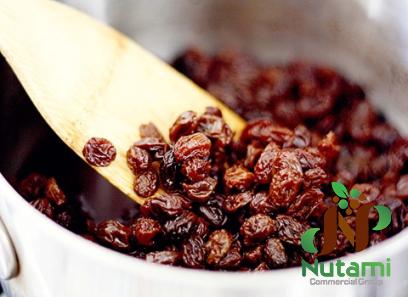 On the other hand, green raisins have a tangy and tart taste, akin to a grape or apple. The distinctive flavor of green raisins adds intrigue, making them a favorite choice among those seeking something different from traditional raisin varieties. Nutritional Composition: Both green raisins and brown raisins are packed with essential nutrients, making them a valuable addition to a balanced diet. However, their nutritional composition does differ somewhat. Brown raisins generally contain more natural sugars due to their higher concentration of fructose and glucose. They also pack a higher calorie count per serving. In contrast, green raisins contain lower levels of natural sugars while maintaining a comparable nutrient profile, offering a lower-calorie alternative for those monitoring their sugar intake. Green raisins also possess higher levels of vitamin C, which acts as a powerful antioxidant, aiding in immune system support and collagen formation.
On the other hand, green raisins have a tangy and tart taste, akin to a grape or apple. The distinctive flavor of green raisins adds intrigue, making them a favorite choice among those seeking something different from traditional raisin varieties. Nutritional Composition: Both green raisins and brown raisins are packed with essential nutrients, making them a valuable addition to a balanced diet. However, their nutritional composition does differ somewhat. Brown raisins generally contain more natural sugars due to their higher concentration of fructose and glucose. They also pack a higher calorie count per serving. In contrast, green raisins contain lower levels of natural sugars while maintaining a comparable nutrient profile, offering a lower-calorie alternative for those monitoring their sugar intake. Green raisins also possess higher levels of vitamin C, which acts as a powerful antioxidant, aiding in immune system support and collagen formation.
..
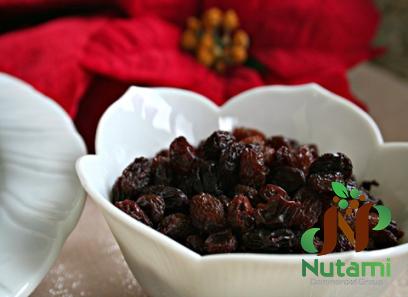 Additionally, green raisins contain more iron, which is crucial for red blood cell production and energy metabolism. Culinary Applications: Both green and brown raisins can be utilized in a myriad of culinary applications. Brown raisins, with their sweeter taste and richer texture, are commonly showcased in traditional recipes such as oatmeal cookies, fruitcakes, and bread puddings. Their sweetness blends harmoniously, adding depth to various dishes. Green raisins, with their unique tartness, lend themselves well to savory dishes, salads, and chutneys. Their vibrant color serves as a visual delight in green salads or couscous dishes, adding a burst of freshness and contrasting flavors.
Additionally, green raisins contain more iron, which is crucial for red blood cell production and energy metabolism. Culinary Applications: Both green and brown raisins can be utilized in a myriad of culinary applications. Brown raisins, with their sweeter taste and richer texture, are commonly showcased in traditional recipes such as oatmeal cookies, fruitcakes, and bread puddings. Their sweetness blends harmoniously, adding depth to various dishes. Green raisins, with their unique tartness, lend themselves well to savory dishes, salads, and chutneys. Their vibrant color serves as a visual delight in green salads or couscous dishes, adding a burst of freshness and contrasting flavors.
…
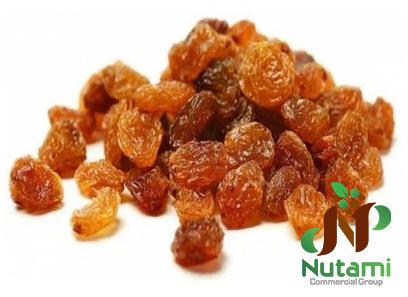 Market Demand and Trends: In recent years, green raisins have seen a surge in popularity, possibly due to the growing interest in unique and unconventional flavors. This rise in demand has led to increased availability in grocery stores and online platforms, alongside traditional brown raisins. Food companies have also started incorporating green raisins into processed goods such as granolas, energy bars, and savory snack mixes. Conclusion: While brown raisins have been a kitchen staple for decades, green raisins offer a refreshing twist for those seeking a change in their snacking or culinary experience. With their tart taste, vibrant appearance, and appealing nutritional profile, green raisins have carved a niche for themselves in the raisin market. Ultimately, the choice between green and brown raisins depends on individual preferences and the desired application, but either way, both varieties offer delicious and nutrient-packed options.
Market Demand and Trends: In recent years, green raisins have seen a surge in popularity, possibly due to the growing interest in unique and unconventional flavors. This rise in demand has led to increased availability in grocery stores and online platforms, alongside traditional brown raisins. Food companies have also started incorporating green raisins into processed goods such as granolas, energy bars, and savory snack mixes. Conclusion: While brown raisins have been a kitchen staple for decades, green raisins offer a refreshing twist for those seeking a change in their snacking or culinary experience. With their tart taste, vibrant appearance, and appealing nutritional profile, green raisins have carved a niche for themselves in the raisin market. Ultimately, the choice between green and brown raisins depends on individual preferences and the desired application, but either way, both varieties offer delicious and nutrient-packed options.

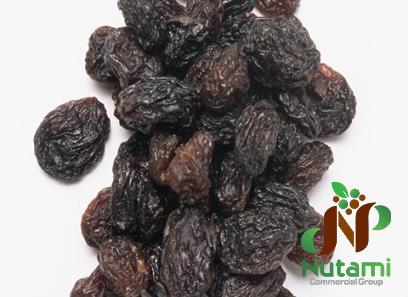
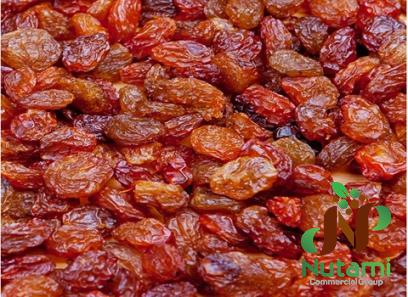

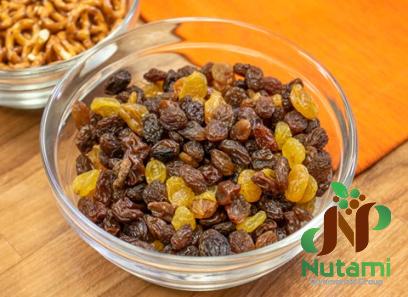
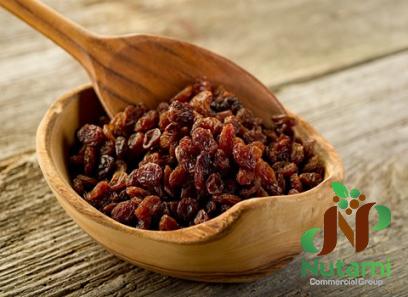
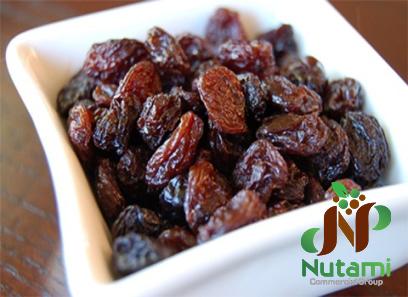
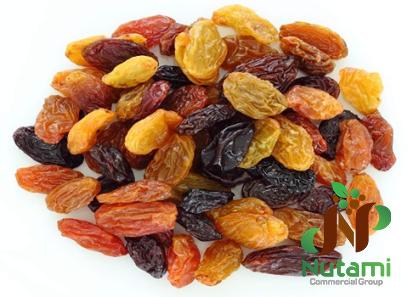
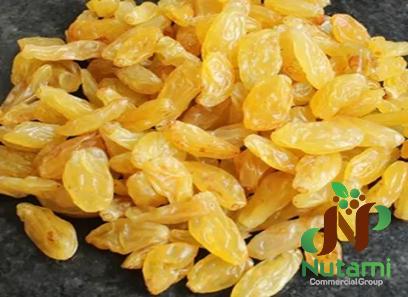
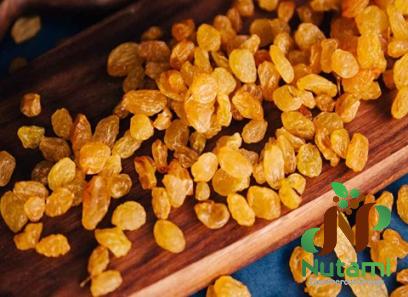
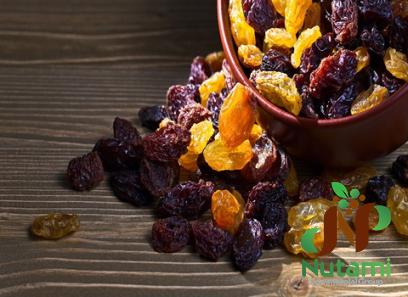
Your comment submitted.